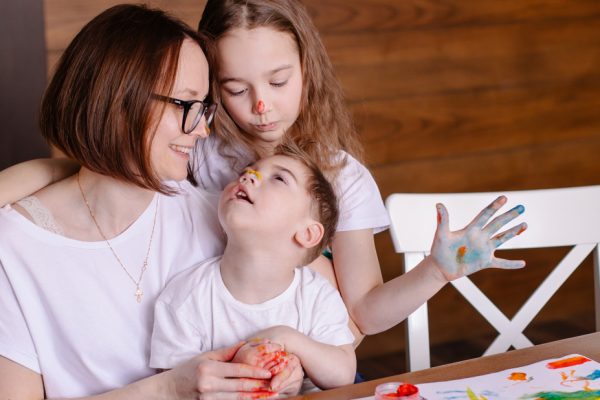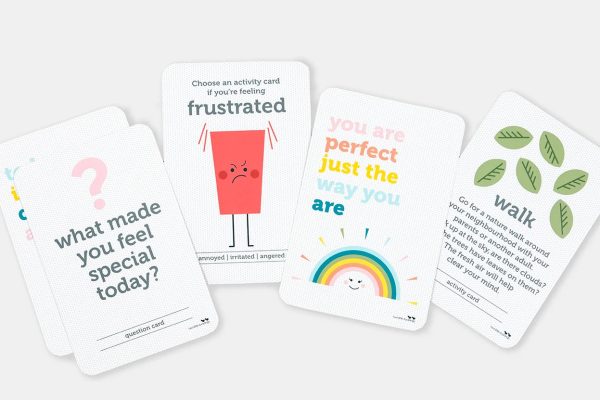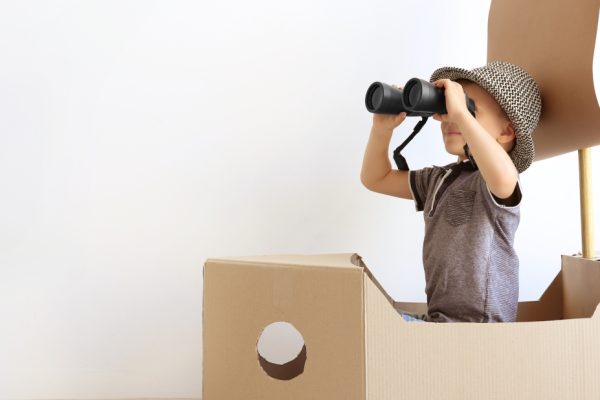
The eyes have it – the importance of visual tracking
Visual tracking: Nicky Kiparissis explains why it is so important
From the moment babies are born, they use visual cues to learn about their surroundings. Whilst their vision may start out blurry, as their world looks a little clearer, the faces of parents and siblings and the movement of an overhead swinging mobile are the first things they will track.
This primitive skill will become important as they enter their newfound world in the classroom and the schoolyard: visual tracking to learn, read and write as well as to watch and catch the ball in the playground.
To understand visual tracking, we first need to understand our eyes and the visual system as a whole.
VISION AND SIGHT ARE TWO VERY DIFFERENT THINGS
No different to a camera, our eyes are the lens used take the photos − sight. However, our brain needs to process and blend the two images (from both eyes) into one image − vision.
Sight describes what or how small we can see, how well our eyes are able to see fine detail, even from a distance, how well a camera can “zoom”. It is where the well-known terms of “6/6” and “20/20” come from.
Vision is more complicated. It considers both how you interpret the information that you see from your sight, as well as how well your eyes work together as a team, including fusing, focusing and tracking. Vision allows us to create our perception of reality through our sight and to interpret this cohesively in our brain.
It is not uncommon for a behavioural optometrist to find children who have great or “20/20” sight, still have poor vision.
Whilst there is no issue with what they can see, poor visual focus can lead to a frustrated, grumpy, tired child or even be the cause behind children skipping lines or reversing words when reading.
How does visual tracking work?
Visual tracking relies on eye movement, including “smooth pursuits” to maintain your focus on a moving object and “saccadic eye movements” to allow us to switch from one object to another. Both types of movements are required to allow for a clear image to be formed in the mind.
Visual tracking is a key feature in learning to read, write and interpret the environment or the task at hand.
A problem in visual tracking can often go unnoticed, however given the visual system is responsible for 80 per cent of what we learn, it can have a huge impact on a child’s learning world.
When a child has to forcibly control their visual tracking to avoid seeing double or blurry, then it’s this effort that causes fatigue and behavioural changes.
WHAT TO LOOK OUT FOR
Visual tracking difficulties can be subtle and manifest as an aversion towards reading, trouble moving up from easy readers to smaller print chapter books or even anxiety, headaches or tummy aches preceding these tasks.
For autistic children, or those with sensory issues, these internal sensations can be intensified, leading to emotional dysregulation.
Amplified frustration due to sensory input or trying too hard is often misunderstood and overlooked by many.
It is also not uncommon for children to have separation anxiety and complain of feeling sick.
In learning, it can appear as frustration and avoidance of reading and learning, skipping or re-reading lines, omitting or confusing words when reading, poor comprehension when reading, homework taking much longer than it should, short attention span with reading and school work, headaches, blurry vision and importantly, learning delays.
Physical and emotional behaviours can include clumsiness, frustration, anger, emotionally “needy”, tired and less alert, working too close to something, frowning and finger tracking.
VISUAL PROBLEMS ARE MORE COMMON IN CHILDREN WITH DISABILITIES
Statistics indicate that visual problems are more prevalent in children living with disabilities. These visual problems can include strabismus (lazy or turned in eyes), retinal atrophies and structural eye anomalies such as congenital cataracts.
Although assessment can be more challenging, early detection and diagnosis is highly beneficial for children with disabilities.
Identifying these potential additional barriers to learning and development can be crucial, and often be the difference between a child who is keen to learn, versus an angry and frustrated child who just cannot cope with this visual stress.
It is important for children living with disabilities to have regular visits with an experienced behavioural optometrist.
As they specialise in this field, a behavioural optometrist will be able to cater an eye exam to your child’s skill on the day, in the form of games, ensuring that their visual acuity and tracking, as well as ocular health, and functional vision are assessed or observed.
These optometrists can, with the assistance of other allied health professionals, provide a comprehensive plan to improve your child’s vision and learning.
Remember, it’s never too early to get your child’s eyes tested, especially if they have already started school without one.
Looking for the signs
Signs your child may have poor vision and a visual tracking problem.
Do they:
Look at your face?
Track you and your family around the room?
Stare at lights?
Turn their head to the side to see?
Close one eye?
Avoid reading?
Skip lines when reading?
Read the same line again?
Get close to the page?
Easily distracted?
Suffer from anxiety or headaches?
Not want to go to school?
Get car sick?
Clever at everything but school?
Optometrist v behavioural optometrist
WHAT’S THE DIFFERENCE?
A child’s vision can have a huge impact on the rest of their lives. Children not only need to see, but they need to interpret the visual information they receive. A behavioural optometrist will not only assess visual acuity, eye movement and the health of the eye, but they will also investigate how a child processes the visual information their brain receives, how the two eyes team together and whether there are any vision-related learning difficulties.
Nicky Kiparissis is a behavioural and developmental optometrist with 30 years of experience in private practice and owner of Kiddies Eye Care. kiddieseyecare.com.au






